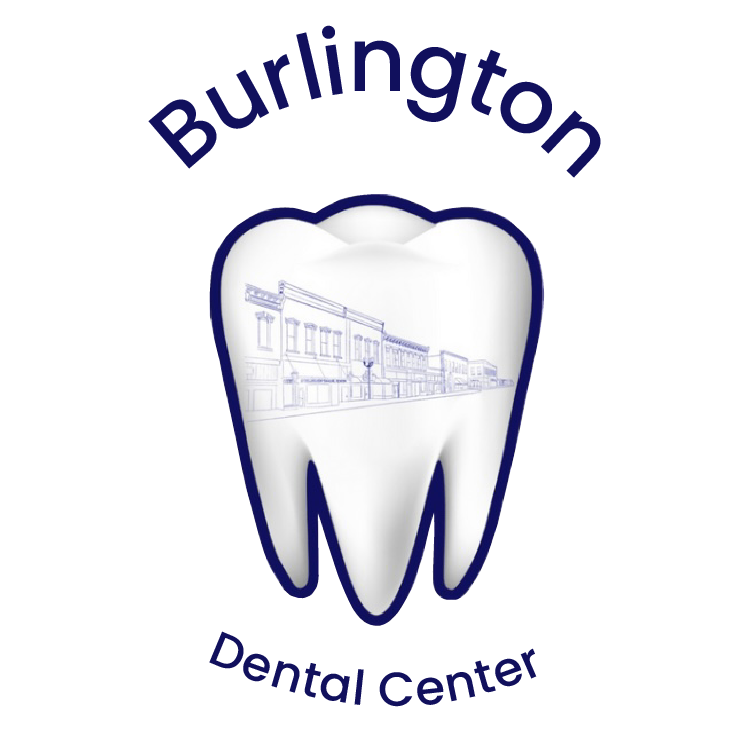
CDT Codes For Dental Bridge [Explained]
Key CDT Codes for Dental Bridges:
D6242 (Porcelain Fused to Noble Metal Pontic): This code is used when the pontic (the artificial tooth in a bridge) is made from porcelain fused to a noble metal base. It is known for its strength and aesthetic appeal.
D6752 (Porcelain Fused to Noble Metal Retainer for Bridge): This code applies to the retainer (crown) that is part of a bridge, supporting the pontic and also made from porcelain fused to noble metal. The retainer is critical as it anchors the pontic to the adjacent tooth or implant.
D6245 (Porcelain/Ceramic Pontic): Used for a bridge where the pontic is entirely made from porcelain or ceramic, providing excellent aesthetics and strength suitable for visible areas.
D6740 (Porcelain/Ceramic Retainer for Bridge): Corresponds to a ceramic or porcelain retainer, providing a seamless aesthetic match with the pontic in ceramic bridges.
Understanding CDT Codes for Dental Bridges
Dental bridges are common prosthetic solutions used to replace missing teeth by anchoring artificial teeth (pontics) to adjacent natural teeth or dental implants (abutments/retainers).
This article provides a detailed overview of the most common CDT codes specifically used for dental bridges, including D6242, D6752, D6245, and D6740, and discusses important considerations such as matching materials for pontics and retainers.
Important Note: Single Crown Codes vs. Bridge Codes
It's essential to distinguish between codes for single crowns and those for bridges:
Single Crowns: These are used to cover a single tooth that is damaged or decayed. Codes for single crowns focus on the restoration of one tooth only. Although the clinical preparation is the same, it is important to only use bridge codes for bridges and only use crown codes for single crowns.
Bridge Codes: These include both pontics and retainers. The pontic is the replacement for the missing tooth, while retainers are essentially crowns that are used to anchor the pontic to the surrounding teeth or implants.
Matching Materials for Pontics and Retainers:
For correct and accurate coding, it’s crucial to use matching material codes for both the pontic and its retainers. For example, a porcelain fused to metal (PFM) pontic should be matched with a PFM retainer.
D6242 & D6752 are matching codes for PFM/PVC crowns.
D6245 & D6740 are matching codes for porcelain/ceramic bridges.
Considerations for Using Bridge Codes
Material Selection: The choice of materials for pontics and retainers should consider factors such as the location of the missing tooth, the patient's bite, and aesthetic preferences.
Insurance Coverage: Understanding how different insurance plans cover bridge treatments is crucial, as some insurers might limit coverage based on the type of material used or the necessity of the procedure.
Clinical Requirements: Pre-operative radiographs and a narrative of medical necessity are required by most insurances for reimbursement. Incorrectly matched codes between the pontic and retainer may result in denied claims.
* Important Note: LEAT (Least Expensive Alternative Treatment) Clauses
When considering dental bridges, it’s important to be aware of the "Least Expensive Alternative Treatment" (LEAT) clauses that many dental insurance plans include.
These clauses can significantly influence the coverage and patient's out-of-pocket costs for dental bridge treatments, especially in cases where other teeth in the arch are missing.
What is a LEAT Clause?
A LEAT clause in a dental insurance policy stipulates that the insurer will only cover the cost of the least expensive treatment option available that is deemed adequate for the necessary dental care.
This means that if there are multiple viable treatment options for a dental condition, the insurance will provide coverage for the least expensive option.
Impact on Dental Bridges:
In the context of dental bridges, a LEAT clause becomes particularly relevant when other teeth in the same arch are missing. Insurers may consider alternative, less expensive treatments such as partial dentures or even no treatment at all, depending on the specific clinical scenario and the terms of the insurance policy.
Final Thoughts
CDT codes for dental bridges, such as D6242/D6752 and D6245/D6740, are specialized codes that cater to the unique aspects of bridges. Even though crowns involve a similar procedure, remember that bridge codes are distinct from crown codes!
Proper understanding and application of these codes are vital for accurate billing and optimal treatment outcomes. Dental professionals must ensure that the billed codes for pontics and retainers are compatible, while also navigating insurance complexities to secure appropriate coverage.
* Though the author of this post is a licensed dentist in the state of Kansas, this information is provided for informational and educational purposes only. Please use your best judgment and contact emergency medical services in the event of an emergency.
